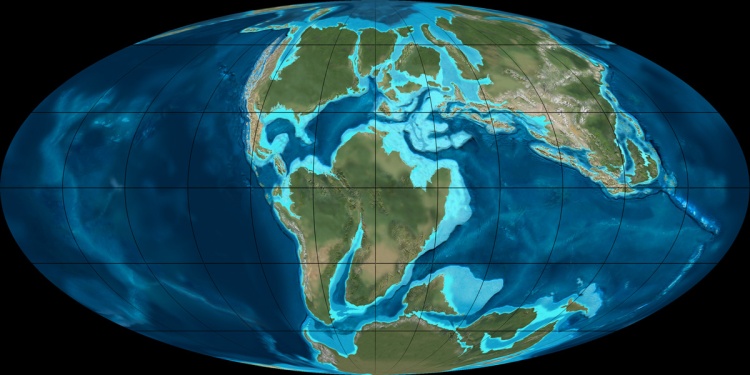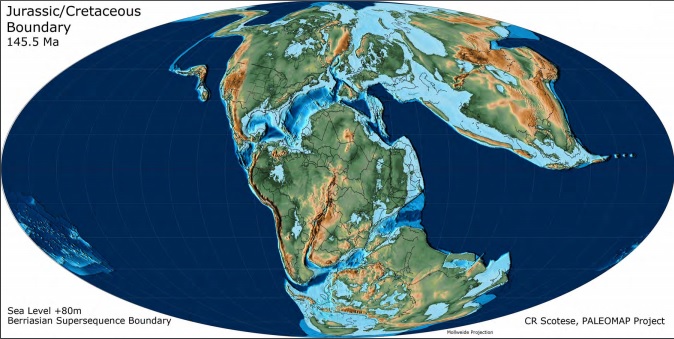
The Early Cretaceous (Aptian Age), 120 Ma.
The geological records show that large and rapid global warming events occurred repeatedly during the course of Earth history. The growing concern about modern climate change has accentuated interest in understanding the causes and consequences of these ancient abrupt warming events. The early Aptian Oceanic Anoxic Event (OAE1a, 120 Ma) represents a geologically brief time interval characterized by rapid global warming, dramatic changes in ocean circulation including widespread oxygen deficiency, and profound changes in marine biotas. During the event, black shales were deposited in all the main ocean basins. It was also associated with the calcification crisis of the nannoconids, the most ubiquitous planktic calcifiers during the Early Cretaceous. Their near disappearance is one of the most significant events in the nannoplankton fossil record.

Scanning electron microscope photos of different nannofossil assemblages from Early Cretaceous chalks from the North Sea (adapted from Mutterlose & Bottini, 2013)
Calcareous nannoplankton represent a major component of oceanic phytoplankton. Their calcareous skeletons can be found in fine-grained pelagic sediments in high concentrations and the biomineralization of coccoliths is a globally significant rock-forming process. The ‘nannoconid decline’ is related to the emplacement of the Ontong Java Plateau (OJP). The CO2 released by the flood basalts was the main player in the climatic events. However, records from the Pacific and Tethys realms demonstrate that during OAE 1a the major shift in global oceanic osmium composition occurs well after the onset of the nannoconid crisis. Previous studies argued that the nannoconid crisis was caused by ocean acidification due to numerous pulses of CO2 and methane. The Ontong Java Plateau is a massive, submerged seafloor. It covers an area of about 1,900,000 square kilometers. It was emplaced ca. 120 Ma, with a much smaller magmatic pulse of ca. 90 Ma. The CO2 release was too late, and too gradual, to have caused the calcification crisis in the nannoconids by ocean acidification
References:
Naafs, B. D. A. et al., Gradual and sustained carbon dioxide release during Aptian Oceanic Anoxic Event 1a, Nature Geosci. http://dx.doi.org/10.1038/ngeo2627 (2016)
(2010), Geochemistry of oceanic anoxic events, Geochem. Geophys. Geosyst., 11, Q03004, doi:10.1029/2009GC002788.


